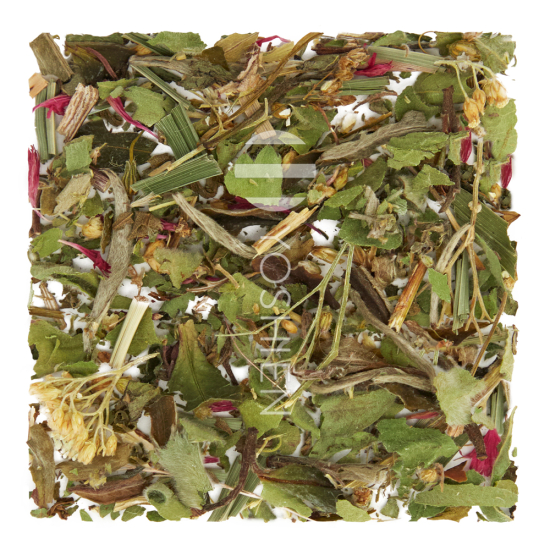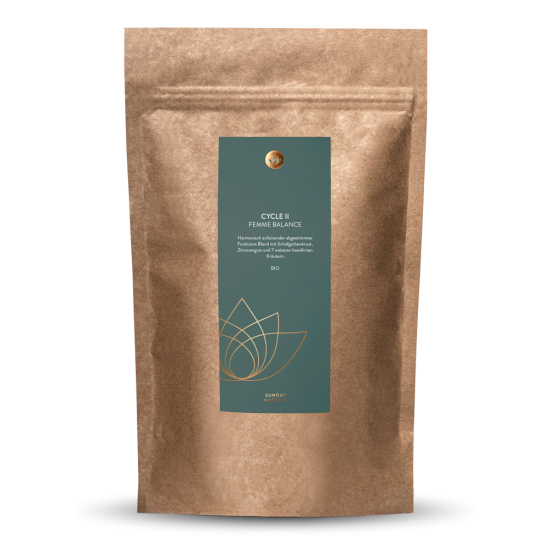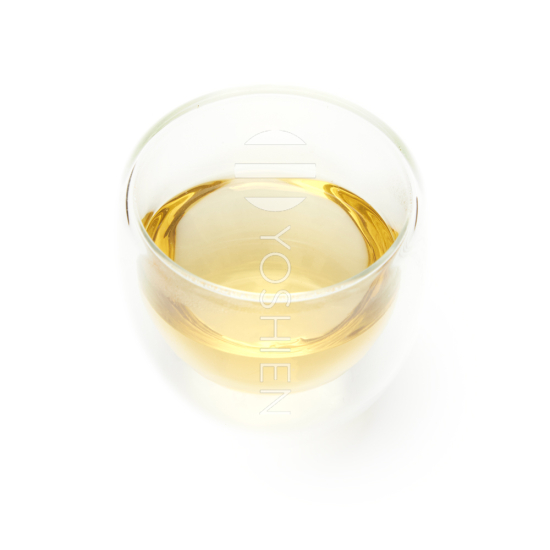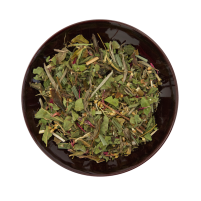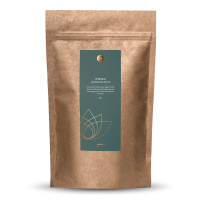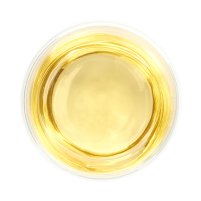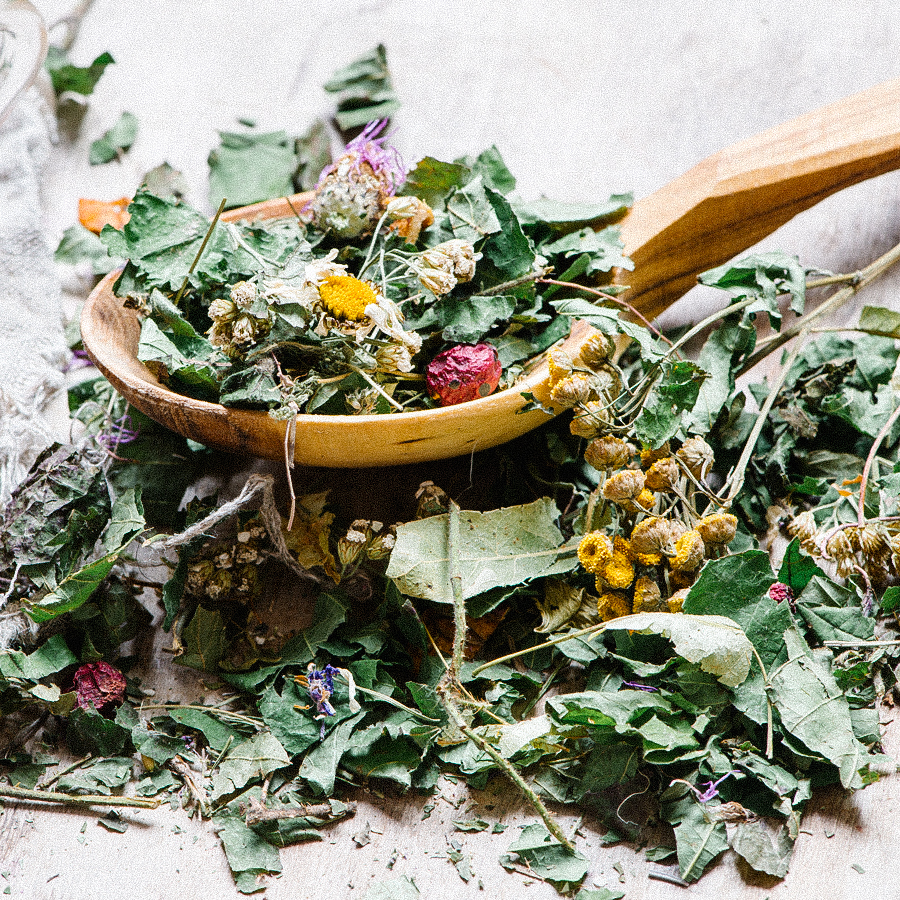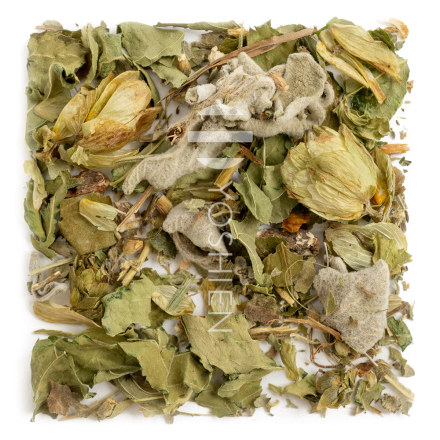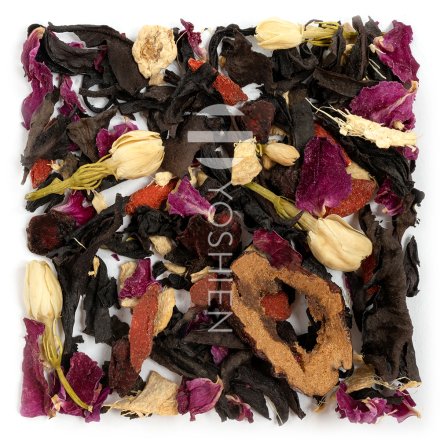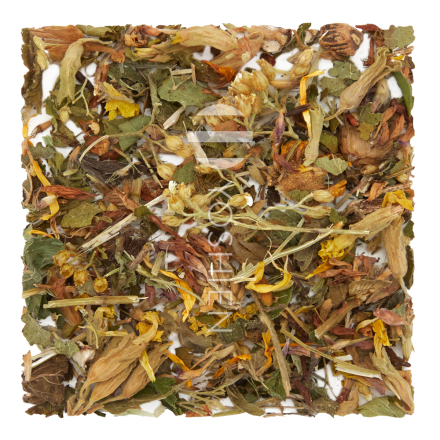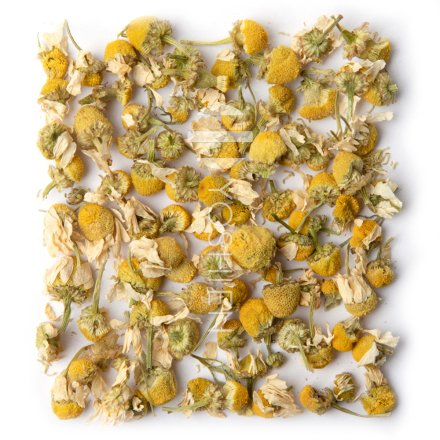MUGWORT
Mugwort (Artemisia vulgaris) belongs to the Artemisia family and is one of the oldest known herbs. Originally, mugwort (Artemisia vulgaris) comes from Central and Northern Europe and from there spread across the Northern Hemisphere. It was named after a Persian queen around 400 BC; in addition, the herb was also dedicated to the Greek goddess Artemis and the Egyptian goddess Isis.
LADY'S MANTEL
Lady’s mantle (Alchemilla) belongs to the rose family (Rosaceae). Its species are found across Europe, Asia, and Africa, thriving particularly well in higher altitudes, with around 300 species present in Europe alone. Its name, Alchemilla, speaks for itself and hints at its magical qualities: Since ancient times, the droplets of water that appear on the inner surface of its leaves have been regarded as a healing remedy.
GOLDENROD
European goldenrod (Solidaginis virgaureae herba) has been known as a useful plant for centuries, with versatile uses ranging from medicine to dyeing textiles. It wasn’t until the 17th century that the tall goldenrod (Solidago gigantea) was introduced to Europe. As an invasive neophyte, it prefers the open woodlands and dry forest meadows of Europe and North America. This plant heralds the end of summer with its bright yellow blossoms.
CORNFLOWER PETALS
The cornflower (Centaurea cyanus L., Cyanus arvensis) was once so successfully eradicated that it nearly became extinct. As a result, it is now a protected species. Originating from the Eastern Mediterranean region, it spread throughout Europe and can even be found at altitudes of up to 1,800 metres in the Alps. Our cornflower comes from near-natural cultivation on lime-poor, well-drained, and nutrient-rich soils. Due to its high content of bitter substances and anthocyanin pigment, it holds an established place in herbal medicine.
PEPPERMINT
Peppermint (Mentha piperita) has been used for centuries in many cultures, either burned in rituals or consumed as tea. In ancient times, students would wear braided mint wreaths during important exams to promote clear thinking. Traditionally, peppermint is drunk as a tea or inhaled in the form of steam baths.
YARROW
Yarrow can be found throughout Europe, northern Asia, and as far north as the Arctic Circle. It is a perennial and hardy plant that remains above ground even in winter. Yarrow has a long-standing tradition in herbal medicine. According to Greek mythology, Achilles is said to have used yarrow, and it is from this legend that the plant gets its Latin name Achillea millefolium.
WHITE TEA
Tea (Camellia sinensis) is traditionally cultivated in a shrub-like form. In many countries, tea is consumed to support general well-being. Periods of sun contribute to the development of valuable compounds in the tea leaves. Tea is rich in catechins and chlorophyll, as well as amino acids and vitamins.
LEMONGRASS
Lemongrasses (Cymbopogon citratus), with their reed-like leaves, are evergreen and highly resilient plants. Their native origin is believed to be southern India and Sri Lanka. Lemongrass is used in a wide variety of dishes and drinks, with its distinctive flavour being a hallmark of Southeast Asian cuisine. It is also commonly enjoyed as a tea, often as a coffee substitute to overcome the "afternoon slump". The plant's essential oils are known for their invigorating properties.



